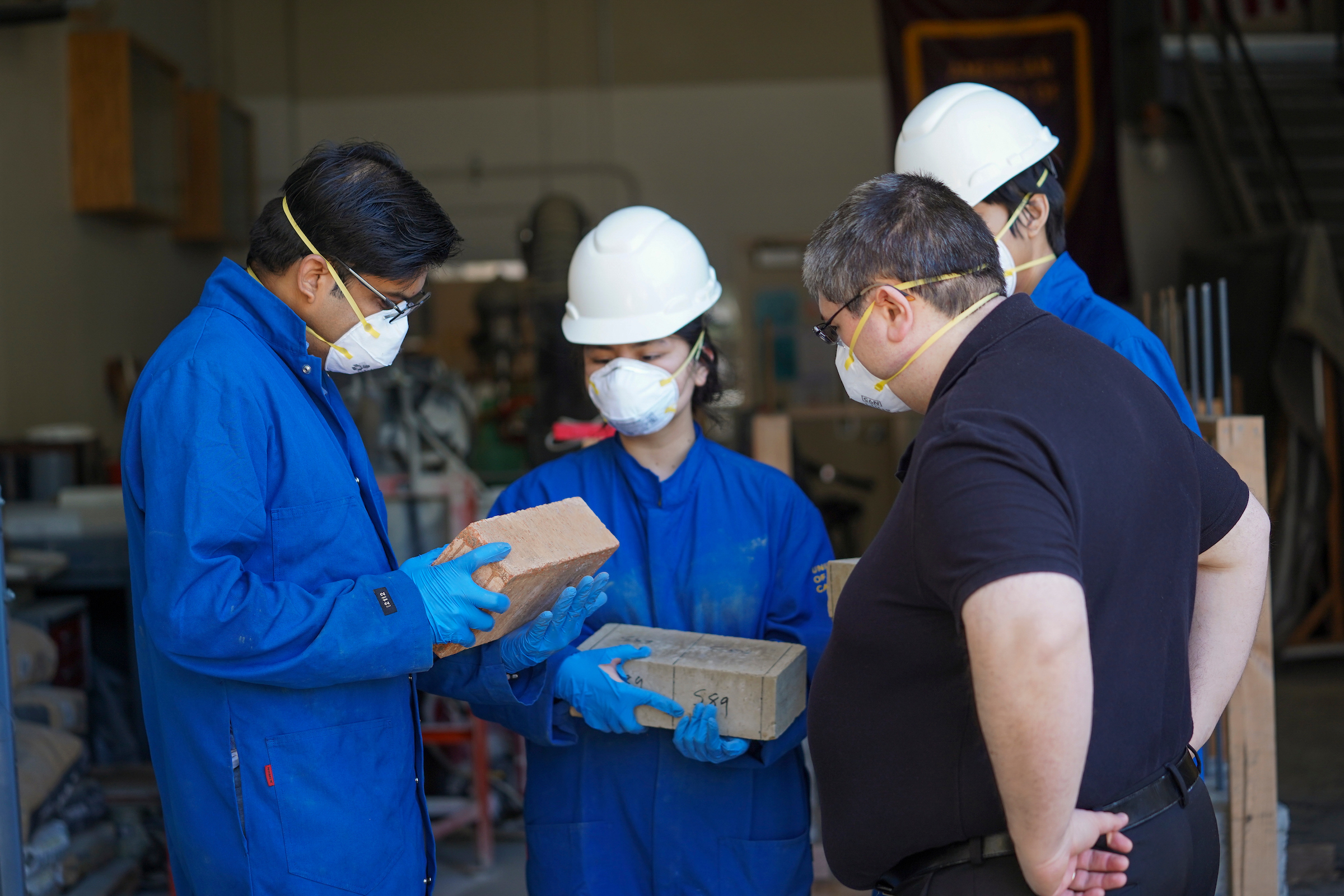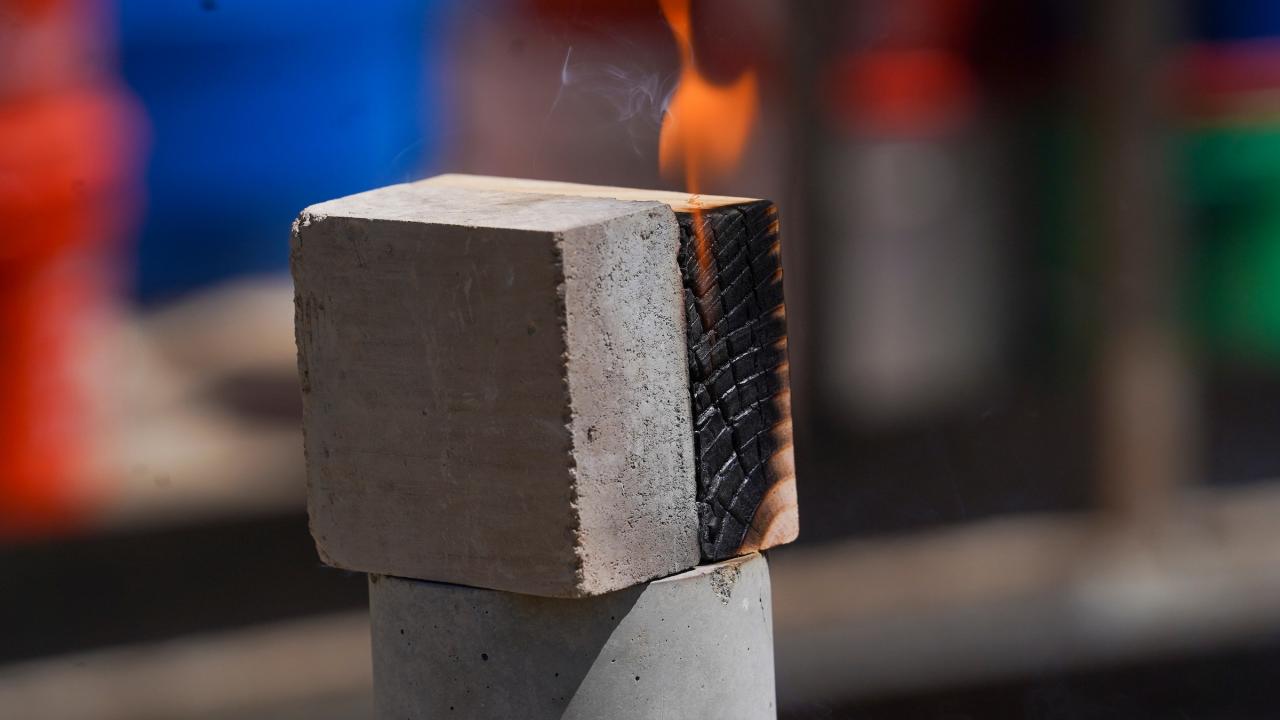Wildfire, in one way or another, touches nearly everyone who lives in California and, increasingly, the West. How do you make your home where disaster is a given? How do you learn to live with it?
Those questions are at the root of Michele Barbato’s research. He co-directs the UC Davis Climate Adaptation Research Center and is a professor of structural engineering. He’s trying to find ways to build affordable homes that can withstand most of what the planet throws their way.
“I started with some colleagues looking at a new way of building,” Barbato said. “We ended up looking back at a very ancient solution — something that’s been around for more than 10,000 years.”
That “technology” was mud, or rather an engineered form of it called compressed and stabilized earth blocks.

Barbato and colleagues have tested it against multiple hazards, including earthquakes, hurricanes and tornadoes. When he moved to UC Davis, he naturally expanded the research to wildfire. He and his lab have tested earth blocks in a furnace at nearly 2,200 F. It doesn’t burn.
Learn more about this and other UC Davis wildfire and smoke research in the multimedia feature story, “The House That Doesn’t Burn,” published today on UC Davis Science & Climate.
Media Resources
Media Contacts:
- Michele Barbato, UC Davis Civil and Environmental Engineering, mbarbato@ucdavis.edu
- Kat Kerlin, UC Davis News and Media Relations, 530-750-9195, kekerlin@ucdavis.edu
Additional Resources:
- Press kit of images
- B-roll package
- Video: “Engineering Wildfire-Resilient Houses”
- UC Davis Wildfire, Smoke and Air Quality Experts
